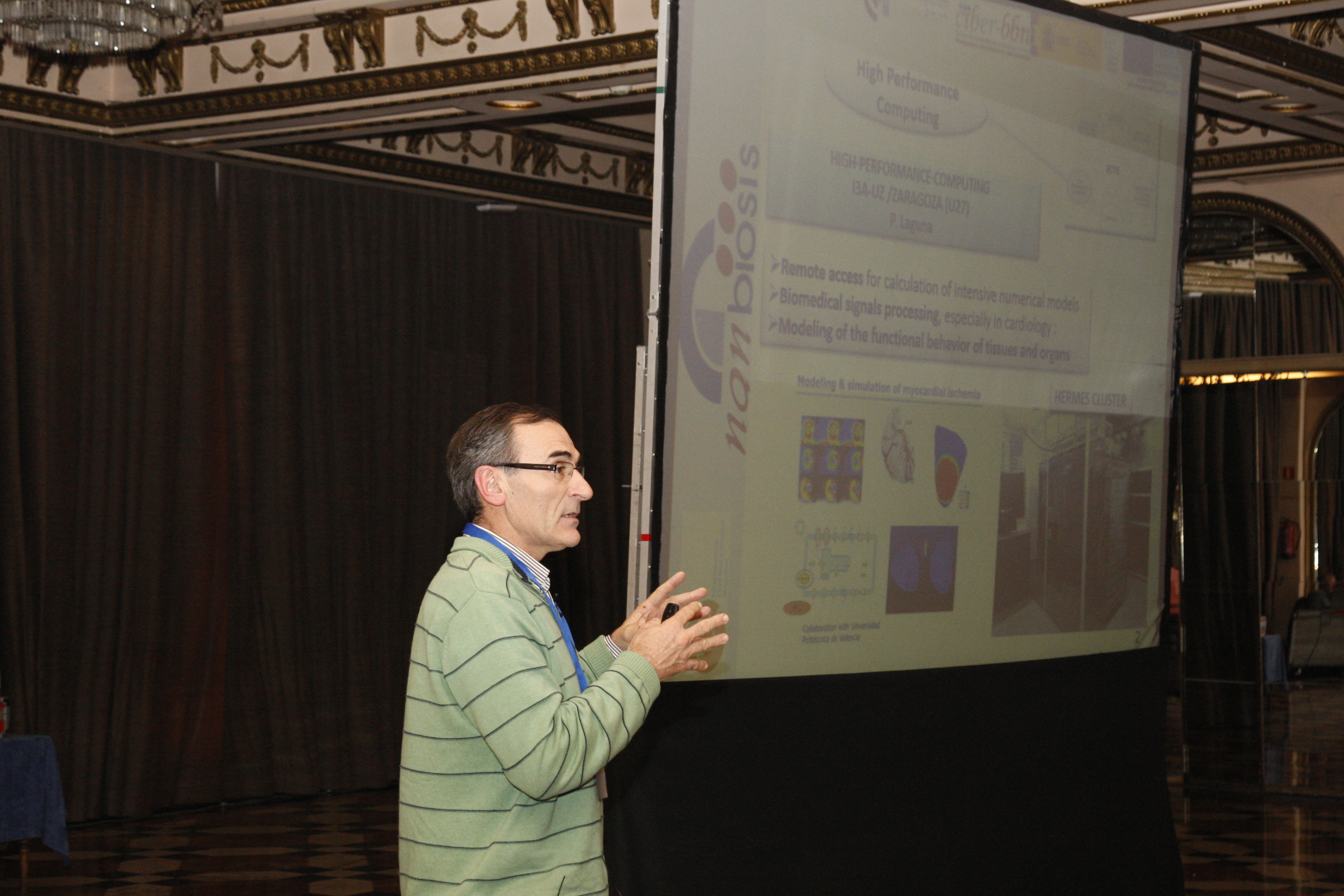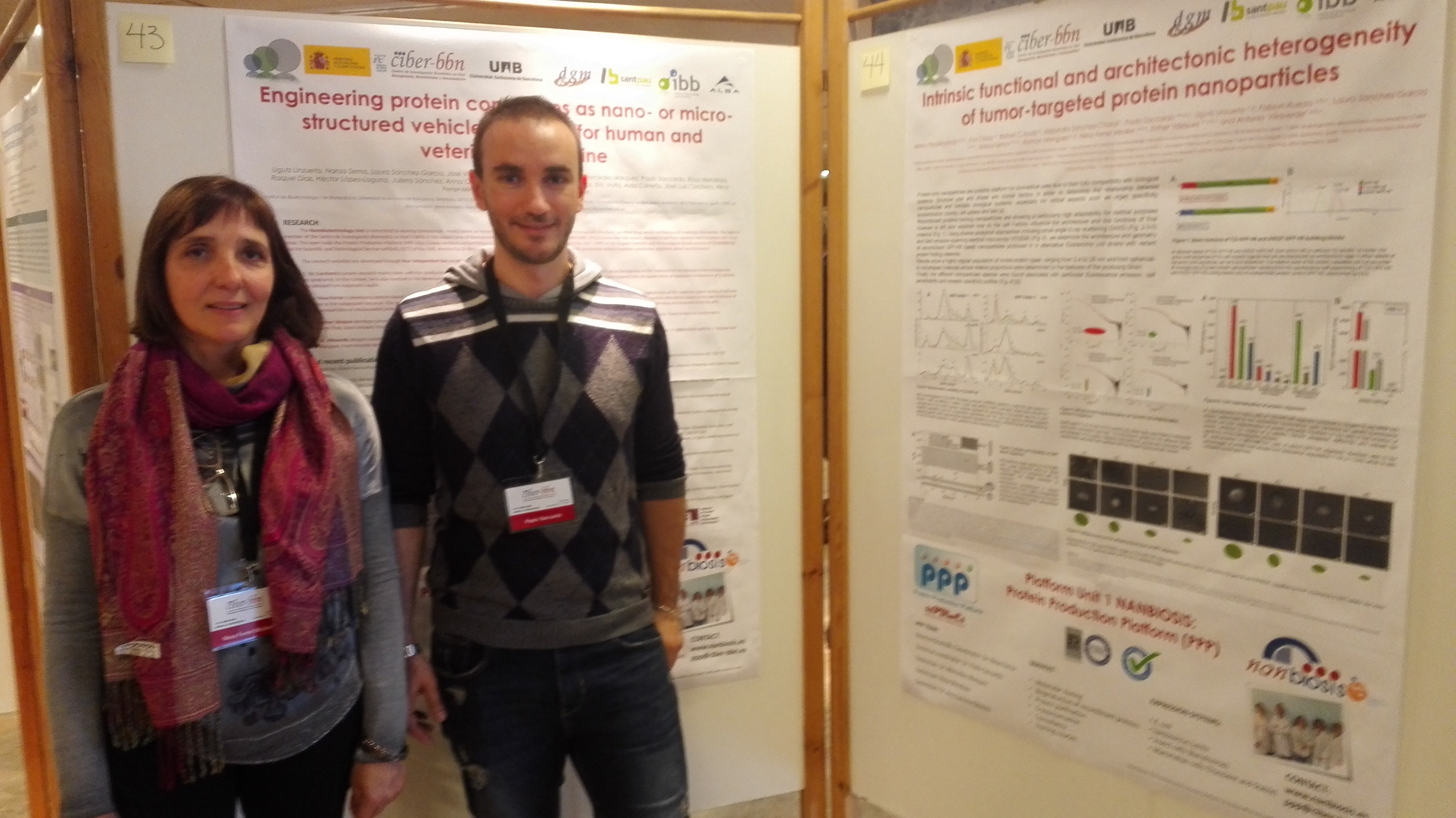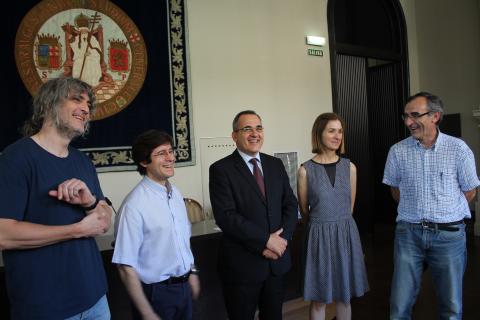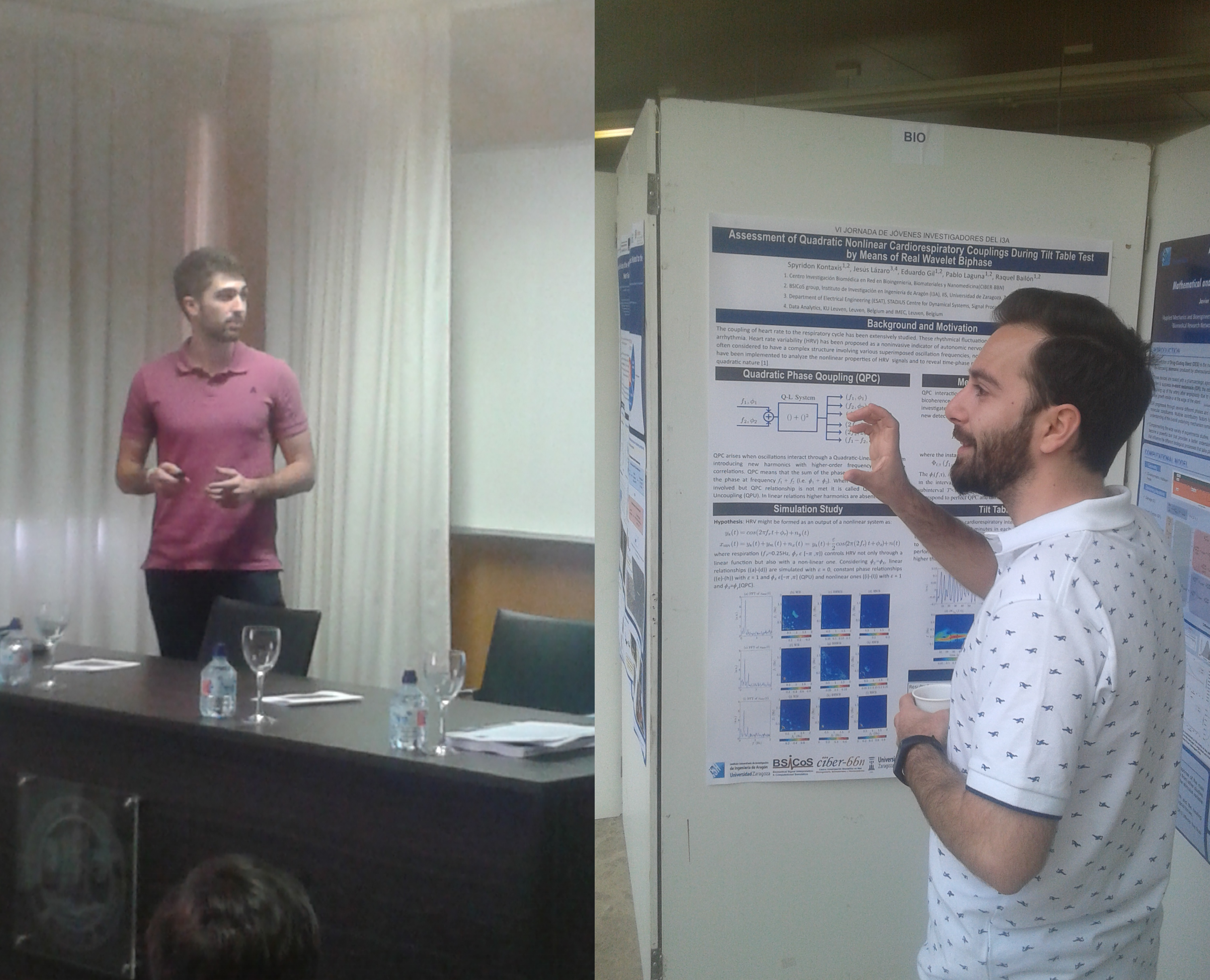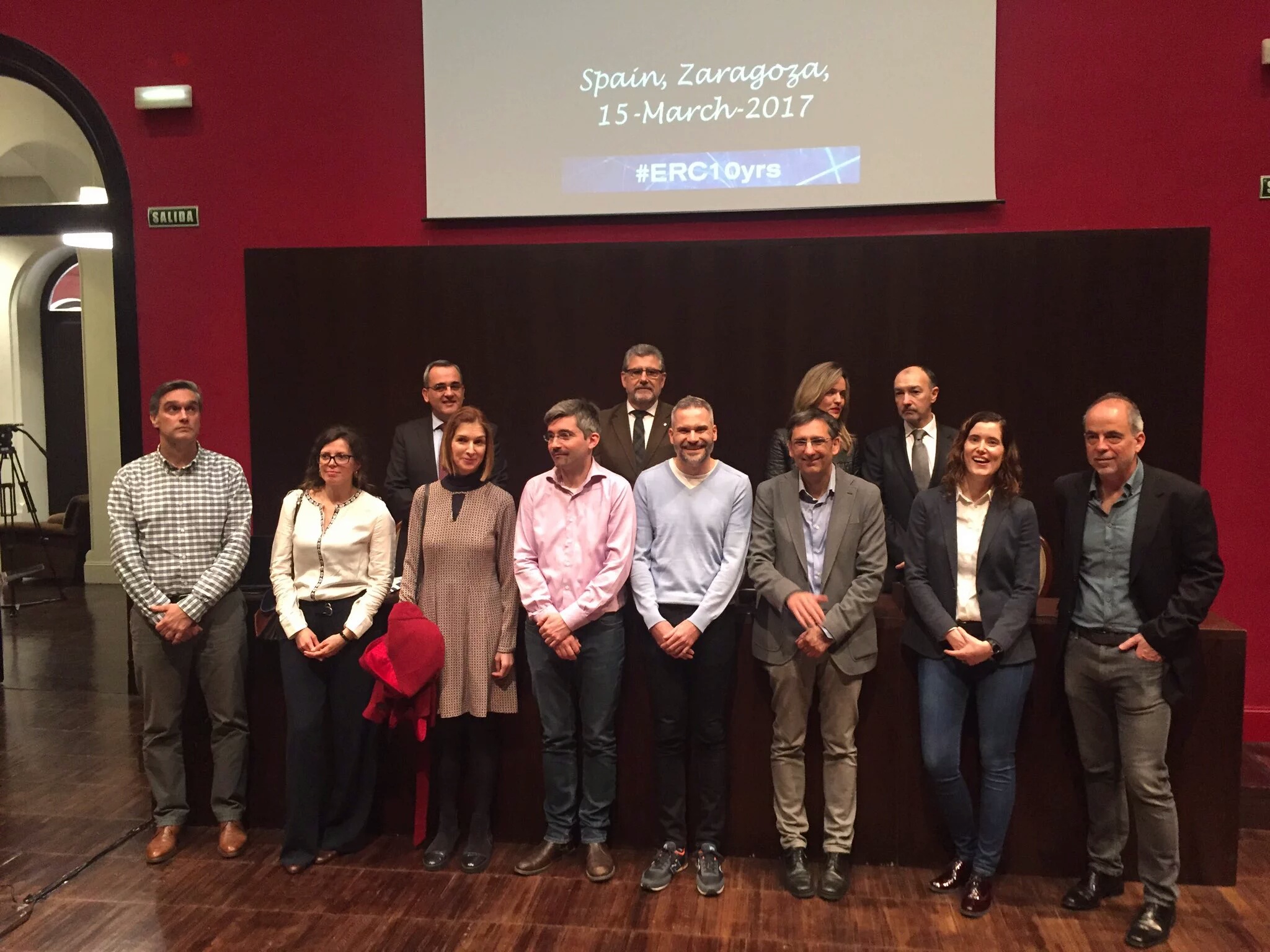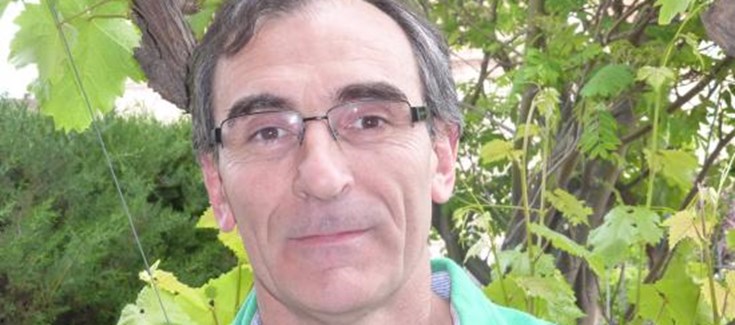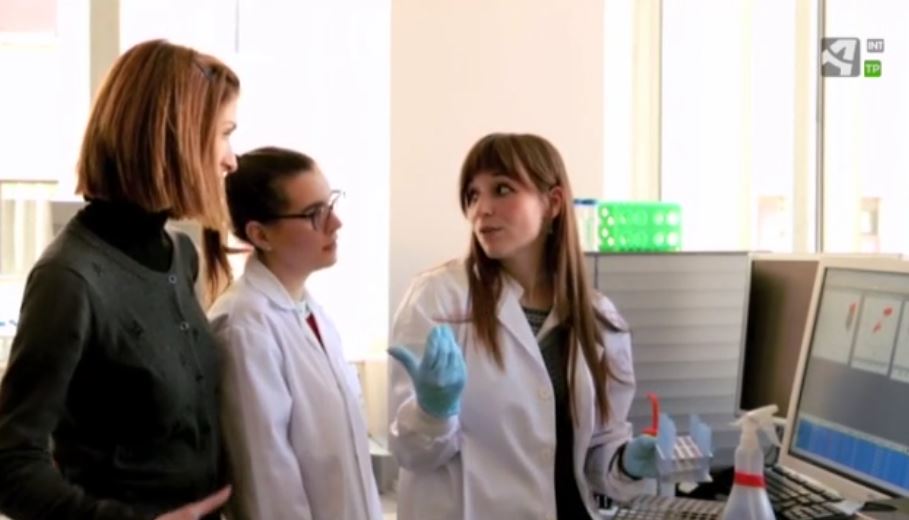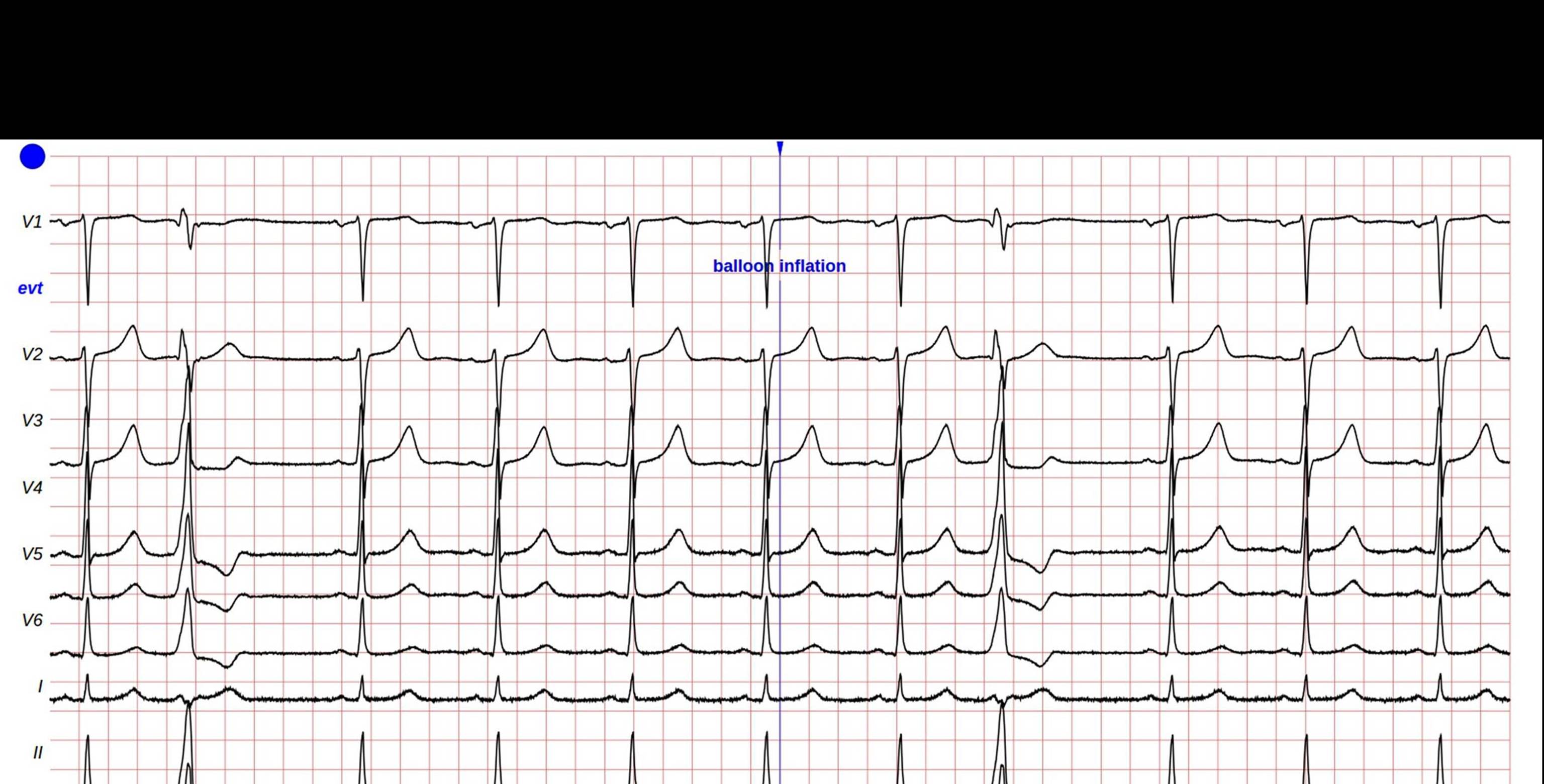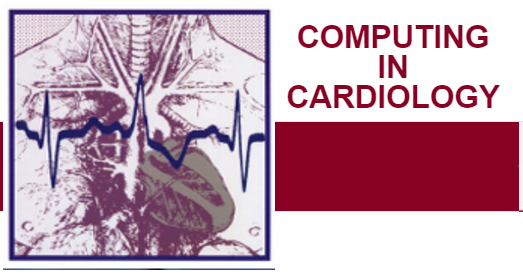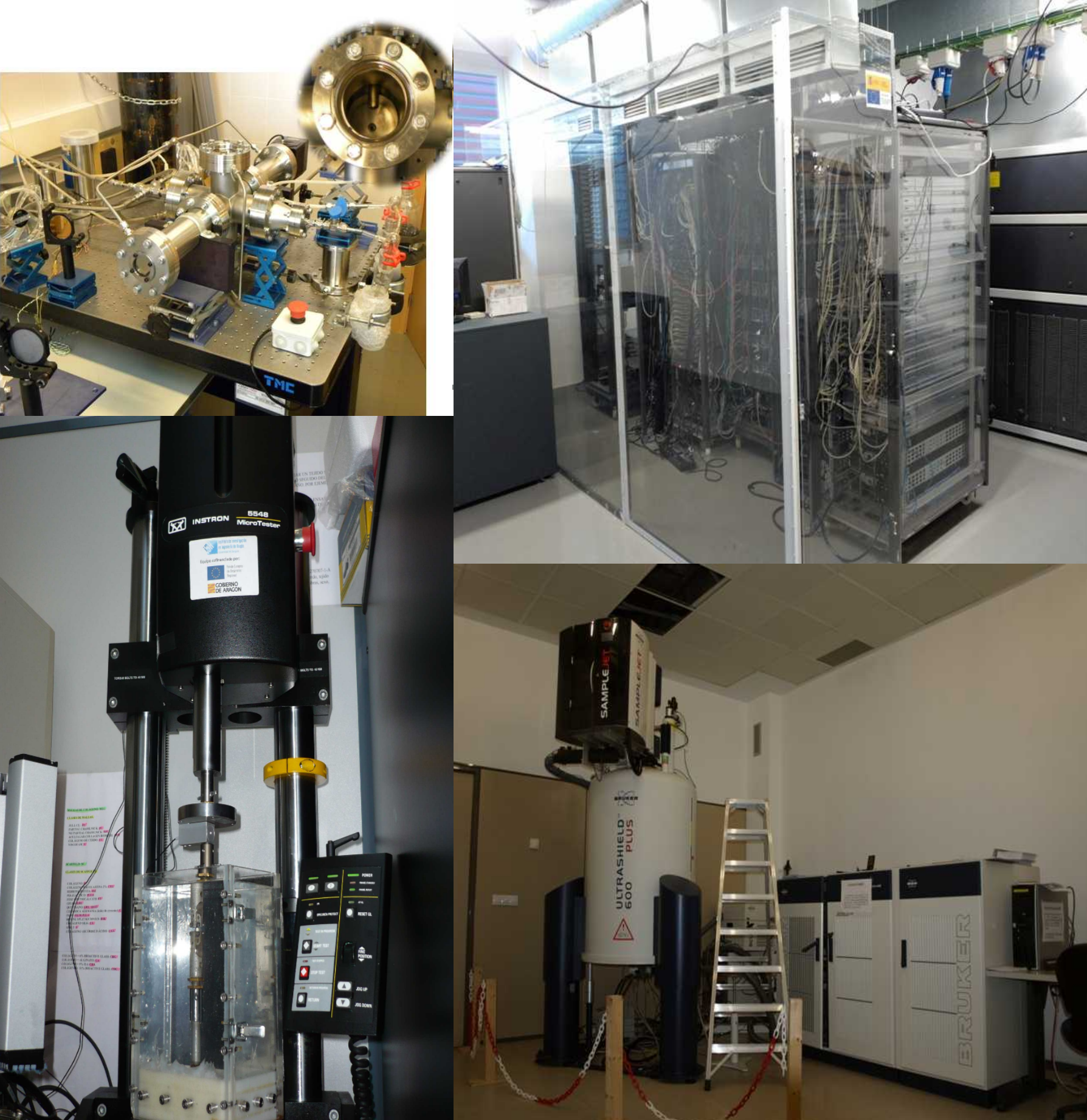Pablo Laguna New Elevated IEEE Fellow for his contributions to cardiac biomedical signal processing
Pablo Laguna, Scientific Director of NANBIOSIS Unit 27, has recently been appointed as a select member (IEEE fellow) of the Institute of Electrical and Electronics Engineers within the society of Medical Engineering and Biology -IEEE-EMBS-.
The grade of Fellow recognizes unusual distinction in the profession and is conferred only by invitation of the IEEE Board of Directors upon a person with an extraordinary record of accomplishments in any of IEEE’s designated fields of interest, in this case, Dr. Laguna is recognized for his contributions to cardiac biomedical signal processing.
The IEEE-EMBSis the world’s largest international society of biomedical engineers. The 11,000 members of the organization reside in some 97 countries around the world. EMBS provides its members access to people, information, ideas and opinions that are shaping one of the fastest growing fields in science.
Pablo Laguna is Professor of Signal Theory and Communications at the School of Engineering and Architecture (EINA) and group leader of the CIBER-BBN and University of Zaragoza research group BSICoS . His work focuses on the search of non-invasive indexes to predict the risk of arrhythmias, the modeling and simulation of cardiac electrophysiology, the evaluation and quantification of the activity of the autonomic nervous system and the processing and characterization of biomedical signals in respiratory pathologies. He has been Scientific Director of the CIBER-BBN from 2011 to 2015.
